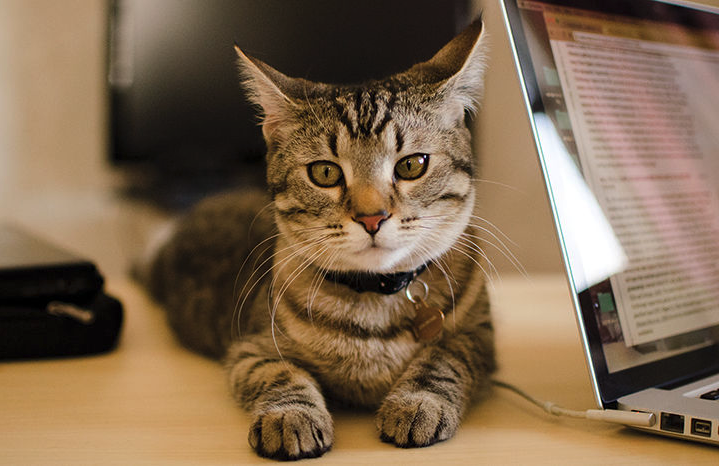Nearly one year after University of Maryland professor David Teie designed an album specifically to appeal to cats, his music is gracing billboard charts in the U.K.
Teie secured a record deal in late September with U.K.’s Universal Music after the Kickstarter campaign that funded the album in November 2015 raised more than $240,000 and attracted the attention of the recording company. As of last week, the album made the billboard Top 40 in the U.K., he said, ranking one above Hamilton.
Several years before Teie had his record deal, he theorized that because music has such a strong emotional impact on humans, it should have similar impacts on animals. He began to create music, first for monkeys and then for cats.
“When I first started writing the music, I wrote based on the theory of how we enjoy music,” Teie said.
What he found, however, was that music isn’t universal among species, and outside research on other animals such as monkeys indicated the possibility that some human music can be “decidedly irritating.”
So Teie looked at each part to human music and tried to create a parallel element that would appeal to felines. He ended up with a product that makes some cats curl around speakers and crawl into laps.
The music includes stylized cat sounds, Teie said, because human music triggers human responses through synthetic noises. To make the noises, Teie used 26 different “purr” instruments —instruments that work together to make a purring sound. It’s all acoustic and modified in software to fit the species, he said. Then, he blended in a human layer of standard instrumental sounds, such as a piano, to make it “palatable” to humans.
Researchers, such as Charles Snowdon from the University of Wisconsin at Madison, have tested the music on animals such as monkeys and cats in order to get a reading of how they react to it.
“[The music] seems to have therapeutic effect, especially on cats that have been abused or neglected,” Snowdon said.
The research is ongoing, said Amanda Hampton, a veterinary doctorate candidate at Louisiana State University. Hampton is currently working on a new project to determine music’s effect on cats in stressful situations.
“We’re looking at the physiological and behavioral responses of cats during a typical veterinary and wellness exam that we would perform in your typical hospital and seeing how those differ while the animals are listening to different type[s] of music,” she said.
The true analysis needs to come from an objective observer who is unable to hear the music that is playing, Hampton stressed, but based on her observations it seems that cats like it.
“Our results have not been analyzed yet,” Hampton said, “but I do think there’s a real possibility that it could be working.”
She also noted that she has heard from many cat owners that their pets seemed more relaxed on the ride home from the visit to the vets than normal.
Horses are next, Teie said. He’s made headphones for them and tested them on one. Dogs are also in the works.



